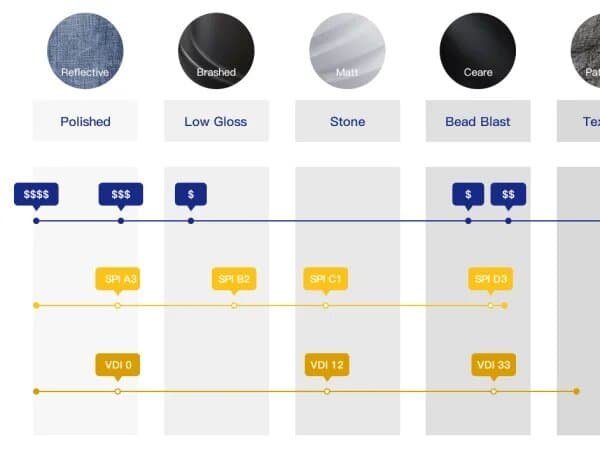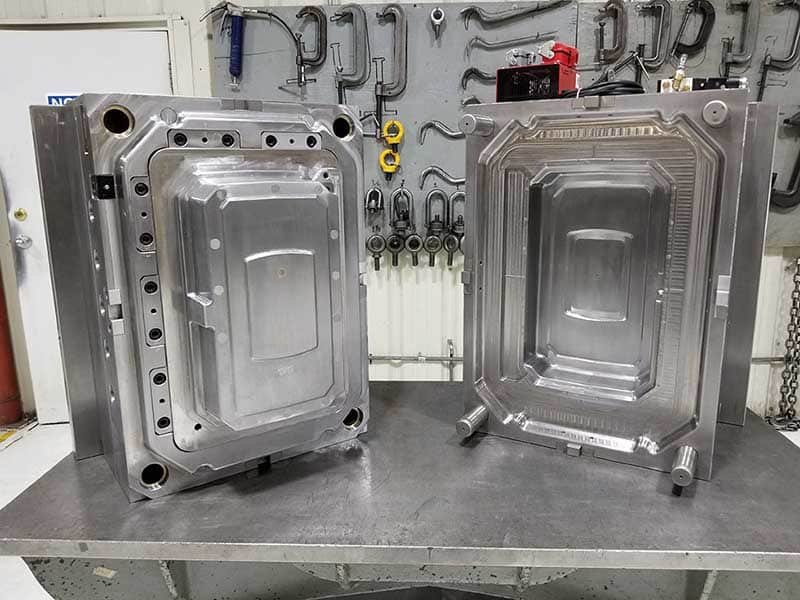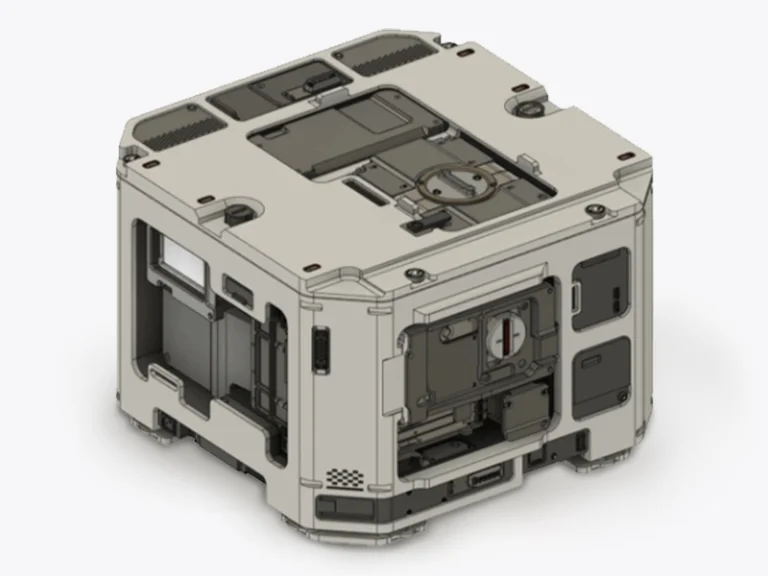CNC machining materials influence the quality, durability, and functionality of countless products across industries. In the world of computer numerical control (CNC) machining, selecting the right material is a pivotal decision that influences everything from production efficiency to the performance of the final part. This guide delves into the importance of material selection, explores common options, and provides insights to help you choose the best CNC material for your project.
Why Is Material Selection Important in CNC Machining?
Material selection is a foundational step in CNC machining because it affects nearly every aspect of the manufacturing process and the end product’s quality.
Different materials have varying levels of hardness, toughness, and thermal conductivity, which affect how easily they can be machined and the tool wear. The material’s mechanical properties—such as strength, toughness, corrosion resistance, and thermal stability—determine how well the finished part performs in its intended environment. Material costs vary widely, and selecting an expensive material unnecessarily can inflate the project budget. Conversely, choosing a cheaper material that does not meet performance requirements can lead to premature failure and costly redesigns. Some materials are easier to weld, anodize, or heat-treat than others. The choice of material can therefore affect downstream processes and the overall manufacturing workflow. In summary, the right material choice ensures efficient machining, optimal product performance, and cost-effectiveness.
Overview of Common CNC Machining Materials
CNC machining accommodates a broad spectrum of materials, but metals and plastics dominate due to their versatility and desirable properties. Below is an overview of the most commonly used CNC machining materials along with their typical industry applications.
Metals
Stainless Steel
Stainless steel is a popular choice for CNC machining due to its excellent corrosion resistance, strength, and durability. Common grades include 304, 316, 416, and 17-4 PH, each offering distinct properties. For example, 316 stainless steel is highly resistant to chemicals and saltwater, making it ideal for marine and medical applications. 17-4 PH offers high strength and hardness, suitable for aerospace and automotive components.
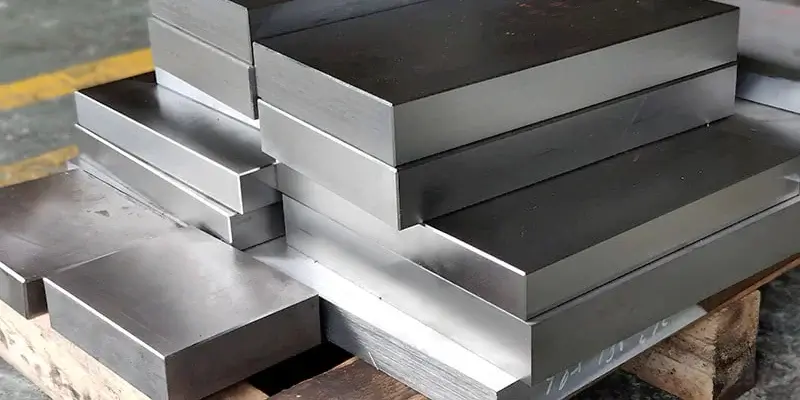
Aluminum Alloys
Aluminum is prized for its lightweight, good strength-to-weight ratio, and excellent corrosion resistance. It is also highly machinable, which reduces production time and costs. Popular alloys for CNC machining include 6061 and 7075, used extensively in aerospace, automotive, and electronics industries.

Titanium Alloys
Titanium combines exceptional strength, low density, and outstanding corrosion resistance. However, it is more difficult to machine than aluminum or steel and requires specialized tooling and techniques. Its biocompatibility makes it ideal for medical implants, while its strength-toweight ratio suits aerospace and military applications.
Copper and Copper Alloys
Copper and its alloys, such as brass and bronze, are valued for excellent electrical and thermal conductivity. They are moderately machinable and find use in electrical connectors, heat exchangers, and decorative elements.
Alloy Steel and Carbon Steel
These steels offer high strength and toughness at a relatively low cost. They are commonly used in industrial machinery, automotive parts, and structural components. Their machinability varies depending on alloy composition and heat treatment.
Plastics
ABS (Acrylonitrile Butadiene Styrene)
ABS is a cost-effective, impact-resistant plastic that is easy to machine and thermoform. It offers good dimensional stability and is widely used where toughness and aesthetic finish are important. However, it has low resistance to UV light and moderate heat resistance. Machined abs parts usually used in automotive parts, consumer electronics, household equipment, and rapid
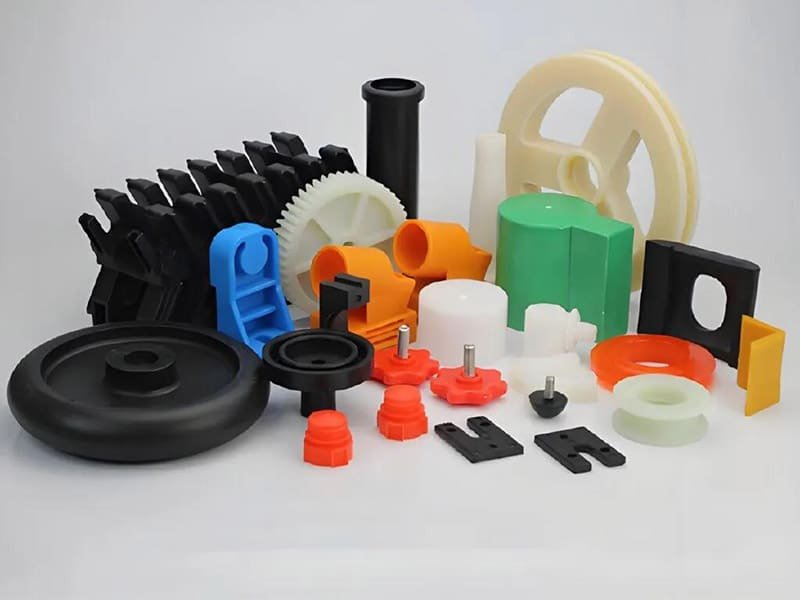
Polycarbonate (PC)
Polycarbonate is a transparent, tough plastic with excellent impact resistance and thermal stability. It is more rigid than acrylic and used where strength and clarity are needed. It can be more challenging to machine but provides superior durability. Usually used in protective covers, safety goggles, electronic housings, and lighting fixtures.
Acrylic (PMMA)
Acrylic is a lightweight, transparent plastic known for its glass-like clarity and smooth finish. It is easy to machine but brittle, making it suitable for display cases, signage, and lighting diffusers where optical clarity is essential. Usually used in display cases, signage, lenses, and decorative parts.
Delrin (Polyoxymethylene, POM)
Delrin is a stiff, low-friction plastic with excellent dimensional stability and wear resistance. Variants with glass fibers offer superior stiffness and creep resistance, while self-lubricating grades enhance wear properties. Usually used in gears, bearings, fasteners, and precision mechanical parts.
Nylon (Polyamide, PA)
Nylon is a strong, flexible plastic with excellent wear and abrasion resistance. It can absorb moisture, which may affect dimensional stability, but remains popular for parts requiring toughness and chemical resistance. Usually used in gears, bushings, spacers, automotive parts, and medical devices.
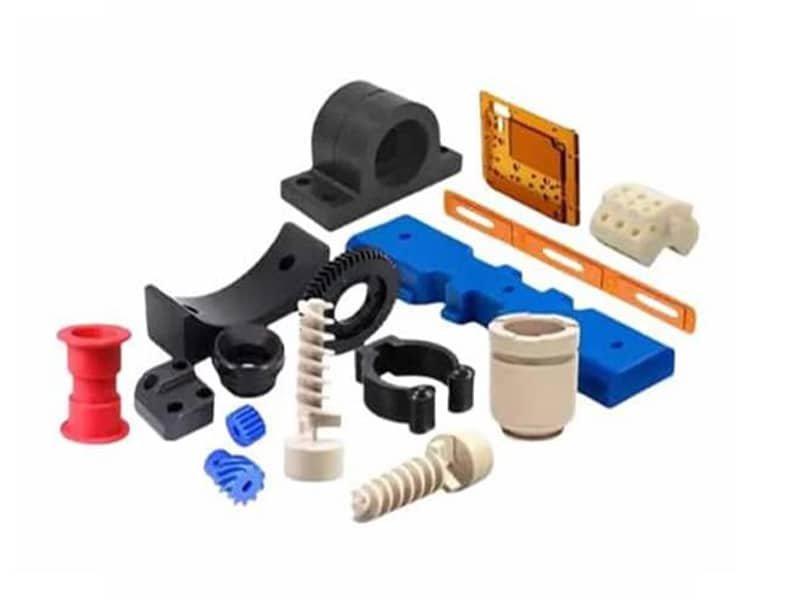
PEEK (Polyether Ether Ketone)
PEEK is a high-performance engineering plastic with outstanding mechanical strength, chemical resistance, and thermal stability. It is more difficult to machine due to its hardness but is ideal for demanding aerospace, medical, and industrial applications. Usually used in aerospace components, medical implants, and chemical processing parts.
Polyethylene (HDPE and LDPE)
Polyethylene is soft, easy to machine, and chemically resistant. It is used for lightweight, low-friction applications but requires proper support during machining to avoid deformation. Usually used in chemical tanks, piping, and food processing equipment.
PTFE (Teflon)
PTFE has excellent chemical resistance and very low friction. It is soft and challenging to machine but essential for non-stick and chemical-resistant applications. Usually used in seals, gaskets, and chemical processing components.

CNC Materials Comparison Table
| Material Type | Machinability | Strength | Cost | Typical Uses |
|---|---|---|---|---|
| Aluminum | Excellent, easy to cut | Moderate | Moderate | Aerospace parts, automotive components |
| Stainless Steel | Moderate, tougher to machine | High | Higher | Medical devices, kitchen equipment |
| Steel | Moderate | High | Moderate | Machinery parts, construction |
| Brass | Excellent, easy to machine | Moderate | Higher | Decorative pieces, pipe fittings |
| Titanium | Difficult, needs special tools | Very High | High | Aerospace, medical implants |
| ABS | Excellent, easy to machine | Moderate | Low | Prototypes, electronic housings |
| Nylon | Good | High | Moderate | Gears, bearings |
| Polycarbonate | Good | High, impact-resistant | Moderate | Shields, transparent parts |
| PEEK | Moderate, heat concerns | Very High | High | High-performance parts, medical |
| Polyethylene | Excellent, easy to machine | Lower | Low | Containers, pipes |
Key Factors to Consider When Choosing CNC Materials
Selecting the right CNC machining materials involves weighing multiple factors to match your project’s needs. Here’s a breakdown of the critical considerations:
Mechanical Properties
The strength, hardness, and toughness of a CNC material must align with the part’s purpose. For a load-bearing component, steel or titanium might be ideal, while a lightweight bracket could use aluminum or ABS. Assess tensile strength, fatigue resistance, and flexibility to ensure performance.
Machinability
How easily a material cuts, drills, or mills affects production time and tool wear. Aluminum and brass rank high in machinability, speeding up CNC processes, while titanium and stainless steel demand specialized tools and slower speeds, increasing complexity.
Cost
Budget constraints shape material choice. Low-cost CNC materials like polyethylene and ABS suit prototypes or simple parts, while pricier options like titanium or PEEK are reserved for high-stakes applications where performance justifies expense. Factor in material and machining costs together.
Environmental Factors
Consider the conditions the part will face. Will it encounter moisture, chemicals, or extreme heat? Stainless steel and PEEK resist corrosion and high temperatures, making them top CNC machining materials for harsh environments, while plastics like polyethylene suit milder settings.
Weight
Weight is critical in applications like aerospace or automotive, where a lighter CNC material like aluminum or polycarbonate reduces fuel consumption. For static, heavy-duty uses, steel’s heft may be an asset rather than a drawback.
Post-Processing
Some parts require finishing—think anodizing, painting, or heat treatment. Aluminum takes well to surface treatments for aesthetics, while steel might need hardening. Ensure your CNC material supports the desired finish without compromising quality.
Availability
A material’s supply stability and lead time matter. Common CNC materials like aluminum and steel are readily available, minimizing delays, while exotic options like PEEK may require longer sourcing, impacting project timelines.
Conclusion
CNC machining is one of the best manufacturing processes, It suits for verious materials for different applications. Choose the right CNC machining materials is an important step in the process. A misstep in selection can compromise quality, inflate costs, or delay production. At Jiangzhi, our CNC machining services empower you with expert guidance, a wide array of CNC machining materials, and tailored solutions to bring your design to life.


